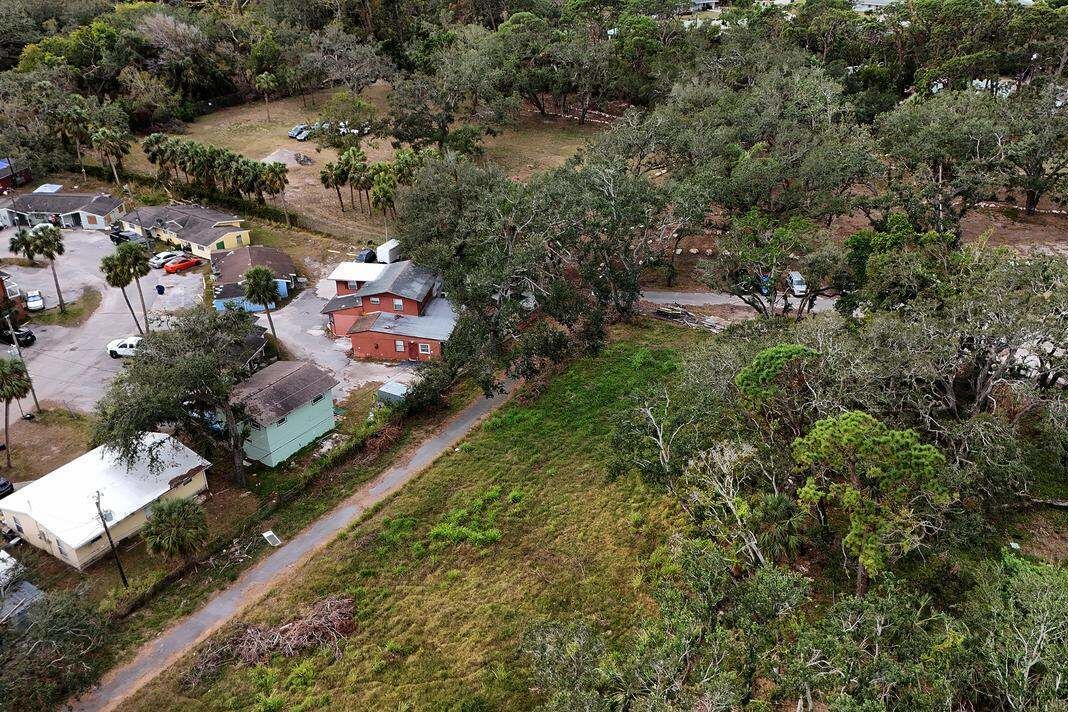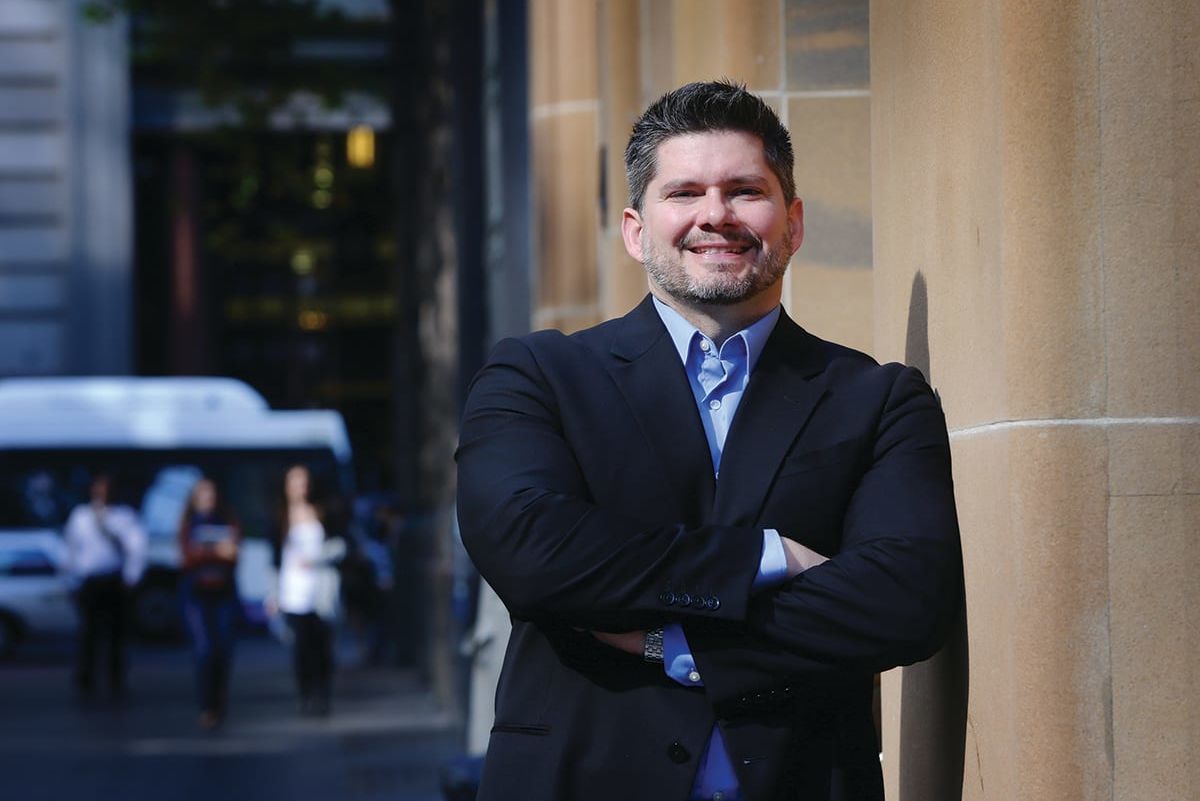The Growing Affordable Housing Crisis

Sarasota-Manatee is the 11th fastest growing region in the United States, with condos, apartments and new housing developments sprouting from the Manatee River to North Port. Growth here is fueled by migration, not by births. (Deaths in this region, where 35 percent of people are over 65, sizably outpace births.) Sarasota County is adding 14 new residents a day to its current 405,549. County officials estimate that by 2020 the county will need about 22,000 more homes.
But most new residences in Sarasota are being built for retiring baby boomers, half of them wealthy enough to pay cash for their homes. There’s a huge housing shortage for service workers, such as retail salespeople, nursing assistants and food prep workers, who affluent residents rely upon. Service jobs make up the fastest growing employment sector in Sarasota, and they pay low salaries, often well under $30,000 a year. The market is not satisfying their need for housing, and their choices are scarce.
We’ve compiled statistics to provide a snapshot of our affordable housing challenge and asked some experts to shed light on the growing crisis.
Experts Weigh In
By restricting density, we’re causing house prices to go up. But if we want more density, officials require [developers] to make the project LEED-certified, to do a certain kind of design, and so on. To achieve affordable housing, don’t burden developers with extraneous regulations that are complex and costly. Unfortunately, the public often doesn’t want affordable units in their neighborhood. They think it’s going to attract a different kind of person and bring in crime. People don’t understand that today affordable homes and apartments can be quite nice. We need to allow higher density at appropriate locations—downtown, along major traffic corridors or in employment centers.
—Real estate and land use attorney Bill Merrill of Icard Merrill.
In recent years, thousands of market-rate homes, $300,000 and up, have been built, and we have plans to build thousands more over the next 5-10 years. But we are building virtually no housing that’s affordable to the service workers—our pool cleaners, landscapers, restaurant servers, medical support workers and retail clerks. For every 10 to 20 market-rate homes that are built in the $400,000-plus price range, a demand is created for one home affordable to a service worker earning at or near minimum wage. Acknowledging that service workforce housing is critical to our economic health and quality of life is a critical first step in creating viable solutions.
—Jon Thaxton, senior vice president for community investment, Gulf Coast Community Foundation
We build about 1,200 homes a year and 700 of them are in Sarasota and Manatee. We can build nice homes for people who earn Sarasota’s median income or a little less because we have old land—it was purchased at agricultural prices in 2004. But we don’t build very many homes for people who earn 80 percent of the median income. If a person at that income level has a $30,000 down payment, they can afford to buy a home from us for $179,900. But [having the down payment] is not often the case. A person with an income of $49,000 can pay $148,484 for a home. I don’t think any builder can build housing in Sarasota County at that price. In addition, Sarasota’s 2050 system and the fiscal neutrality component discourage affordable housing.
—Pat Neal, CEO, Neal Communities
A portion of our population lives from week to week. Even if [their] income doubles, they can’t meet the down payment banks require for home ownership. There’s going to be a period of time they’re in a rental community. The average number of units an acre in Sarasota County is about three. We need 15 to 20 units per acre to do apartments and three to four times that to achieve affordability. West Villages will have rental units, but as a county we are so averse to multistory, multifamily units. Our tenants can’t afford two cars, so why do our regulations require two parking spaces per unit? We need to identify where we want affordable housing to occur and then put in the incentives to make that happen.
—Marty Black, general manager, West Villages, and former Venice city manager
Development is development, and every developer wants to see a return on investment. To develop affordable housing, you’d have to be able to cut costs. Where can you do that? You have land costs, hard costs—primarily construction—and soft costs, like architectural and legal fees. Florida is booming; land costs are high and subcontractors are busy and able to charge higher prices. It’s Economics 101. Local government could help a bit by cutting impact fees [and easing] regulations for affordable housing. But it is a difficult problem and I’m not sure there’s a magic bullet out there.
—Jason Bartz, vice president of development, NDC Construction Company
Harvey’s Way
How an unconventional developer makes affordable housing pay.
Vengroff Williams Inc. founder Harvey Vengroff, 75, owns apartment complexes that are home to 2,200 local working class individuals and families. That number is set to grow, with an additional 393 units coming to his recently approved Fruitville Road complex in the city of Sarasota, another 390 new apartments in a vacant Knights Inn motel in Bradenton and additional projects moving forward in Pinellas and Hillsborough counties. Vengroff says there’s profit in renting to low-income tenants. So why aren’t more local developers following his lead?
Q: Everyone says it’s difficult to make a profit on affordable housing. How do you do it?
Vengroff: If you were to buy an apartment building on Hillview or near the hospital, you’d pay about $75,000 to $100,000 per unit. You’re going to rent that unit for somewhere between $750 and $900 a month. Now, if you buy a motel for $20,000 a unit and put $5,000 into each room, you have a $25,000 investment per unit and you’re renting for $625 a month. It’s about three times more profitable. Even a basic guy with a lousy education like me can figure that out.
Q : You paid $4.4 million for the Knights Inn motel in Bradenton and are building additional units there. What will your revenue be on that project?
Vengroff: About $625 times 240 units. It’s like $150,000 a month for just the apartments. It’s very profitable. Creating a way for people to move from the street or from a bad situation to a $625 all utilities included, furnished apartment is a good thing. From there, the average stay is about eight months and then they move on to a two-bedroom or three-bedroom apartment or house, so we have a feeder system for our bigger apartments.
Q : Why don’t other developers follow that model?
Vengroff: The government puts out a lot of information on how you make a living at affordable housing through subsidies. But the people I know who do that have enormous staffs because they have to do all the reporting to the government. And those places turn into less desirable places to live because you can’t get rid of the bad guys fast enough. With our program, we have a 30-day window. If somebody’s not working or not willing to look for a job or not willing to help themselves, we kick them out.
Q : Do many of your tenants come to you in desperate situations?
Vengroff: Most people don’t want to deal with these people. A lot of them need second chances. I’ll rent to people with criminal records, former drug addicts, people who have been homeless. They need a lot of hand-holding, and I hire managers who know how to do that. They’ll wake people up, take them to job interviews, help them dress appropriately. It all takes time. We have about 150 places along Old Bradenton Road. The investors we bought them from were just investors. These guys didn’t want to go there, because the quality of the tenant was not so good. They didn’t want to collect the rents, so they hired a manager, and the manager didn’t do what he was supposed to do because they didn’t supervise him and the place went to hell. Now it’s safe. The difference is somebody goes there and somebody manages it.
Housing 3.0
Technology may address today’s housing crisis by changing where—and how—we want to live.
Technology is changing the world, touching every part of our life, including housing. Several trends will radically change how we look at housing, and planning departments in our region and throughout the nation will have to rethink and respond.
Rentals and small homes are just fine, thank you
The millennials graduated from college during the Great Recession. They witnessed their parents lose wealth. They also graduated with an average debt of $35,000. Fourteen percent of those aged 18 to 29 are unemployed, representing 40 percent of those without jobs in this country. This prevents them from making a down payment on a house or even buying a car. Many of them want smaller houses that are between 300 to 500 square feet. Sarasota’s zoning codes require a minimum of 900 square feet for a house. This new generation wants to recycle and use the least amount of resources, which includes living smaller.
Forget the garage
Current zoning often requires that a developer have two parking spaces for each new unit built. With new forms of transportation like Uber and Lyft, there is no need to have so many—or any—parking spaces. General Motors invested in Lyft; Tesla will soon be renting fully automated cars. The car of the future (just three years away) will not have a steering wheel. You will call it and it will show up and take you where you want to go. Parking will not be necessary as the cars will be owned by companies and always moving. Most people use their cars less than an hour a day and park it the rest of the time. Millennials can’t afford to buy a car and don’t feel that they should. With Uber or Lyft, they can just call a car when they need it, saving the cost of the car, gas, insurance, parking and maintenance.
Aging in place
Human lifespans are going to grow exponentially. Today, it is common for seniors to live past 90, and technology and medical advances will cure diseases and increase our average lifespan. Living to 150 will be the new norm, increasing the population of our country in the next few decades. The rapid advances we have seen in computers will happen in health care. Society will need senior-friendly homes that reflect this increased lifespan and changing quality of life.
Brad Baker is a Sarasota-based tech entrepreneur and has been an affordable housing developer. In 1999, he served as executive director of the Florida Housing Finance Corporation, a public/private state corporation, which supplies grants to promote affordable housing.



